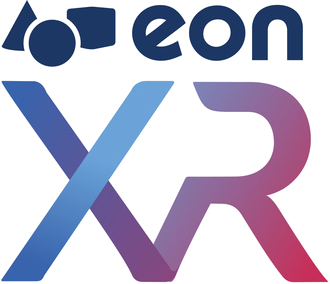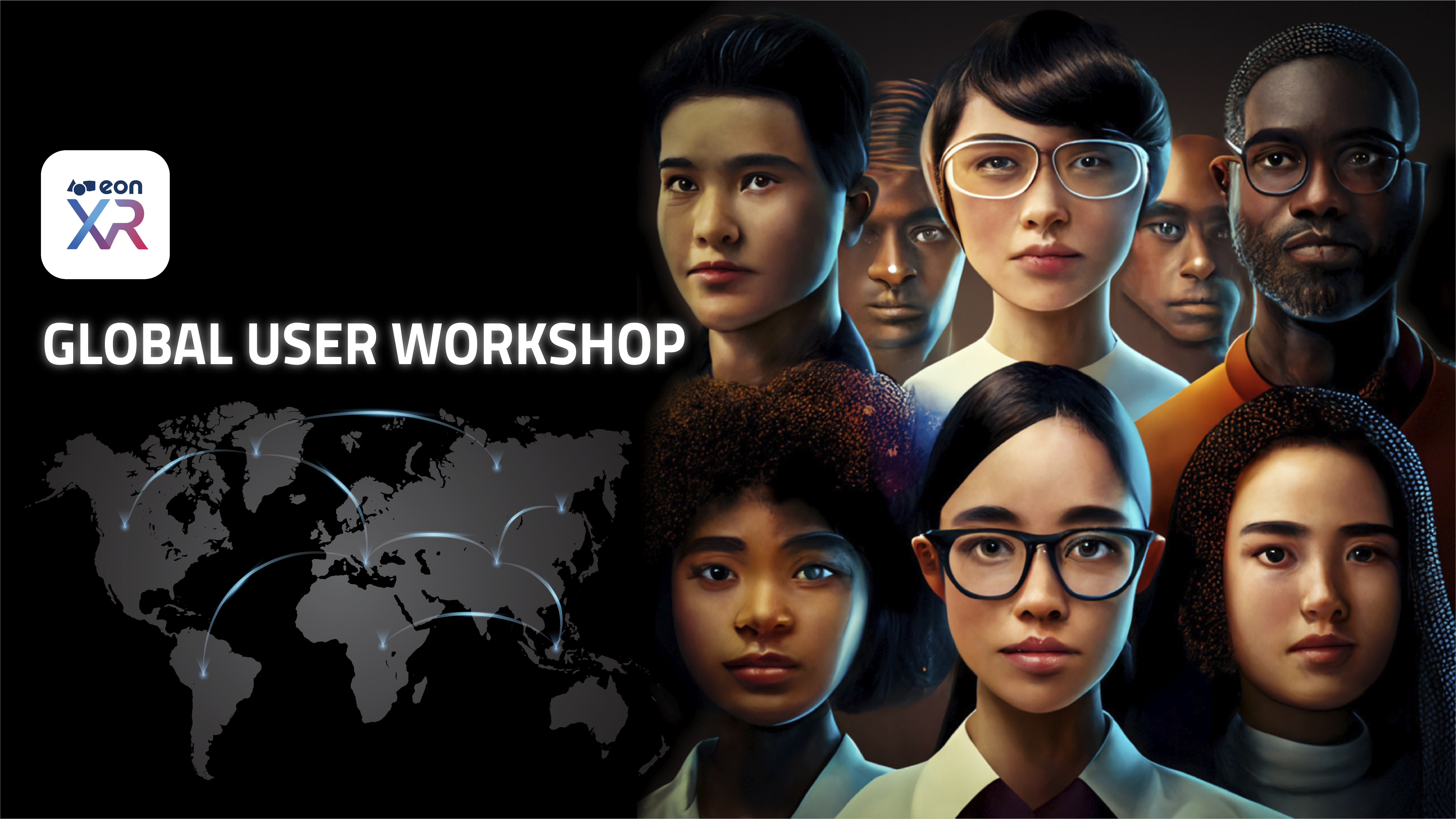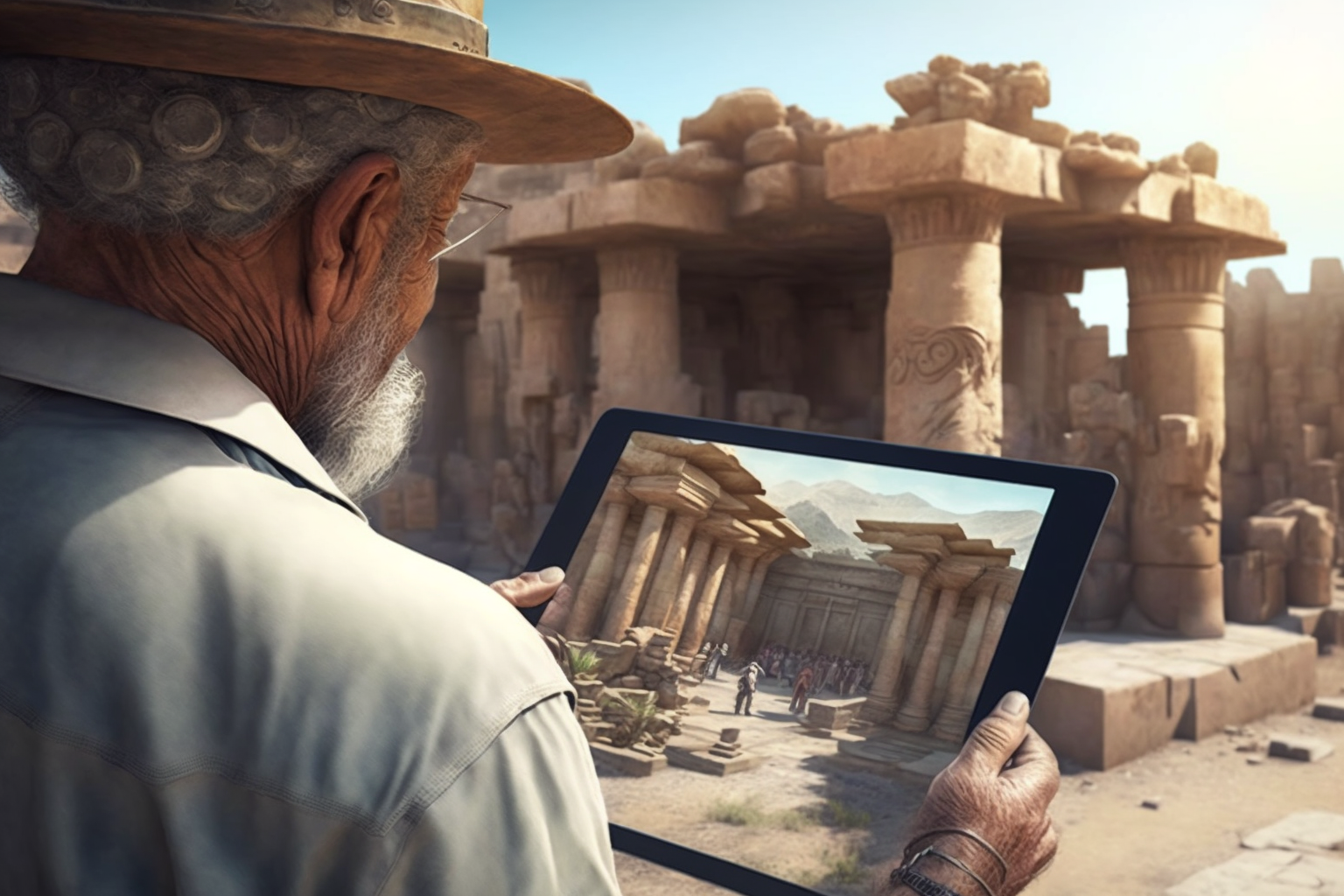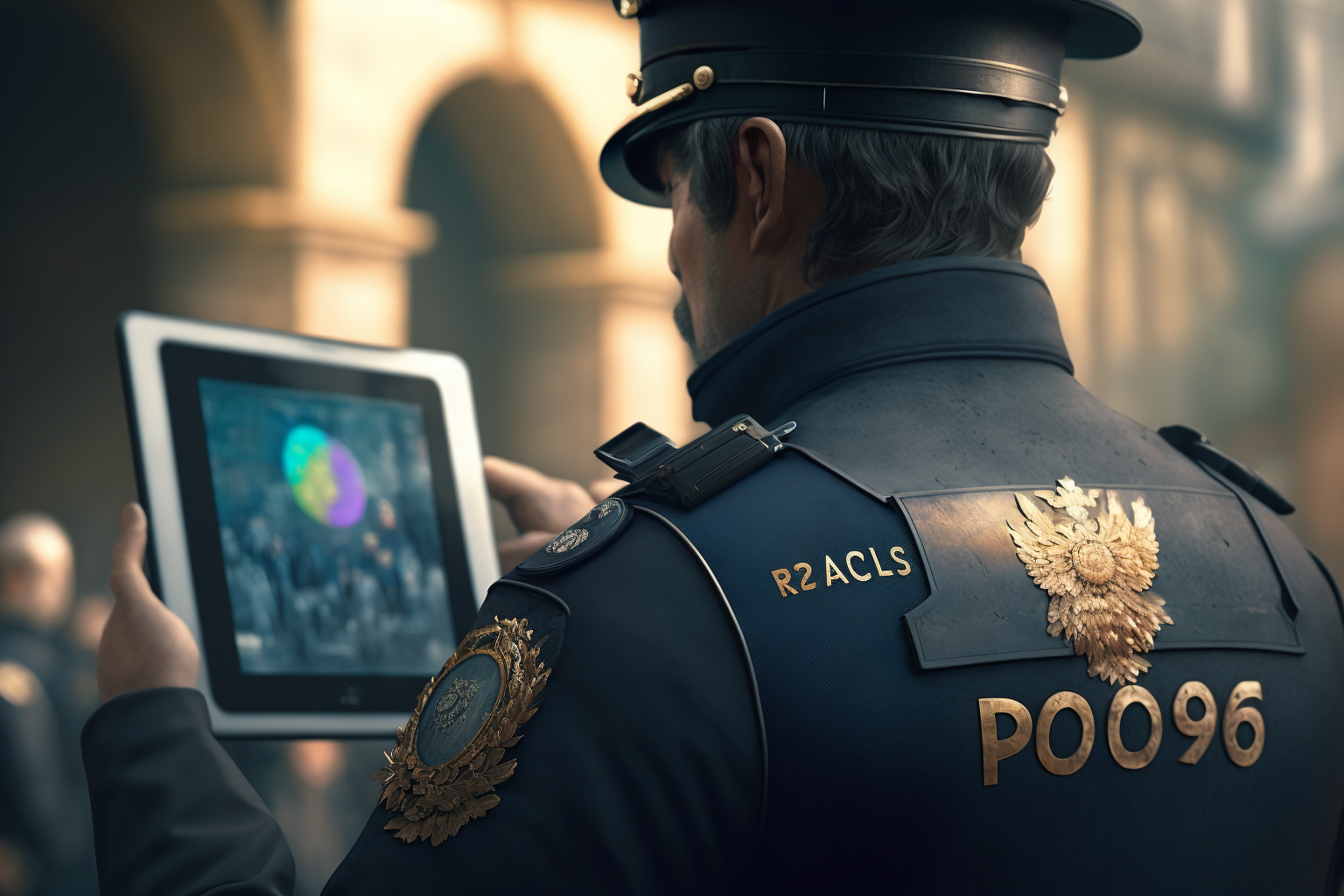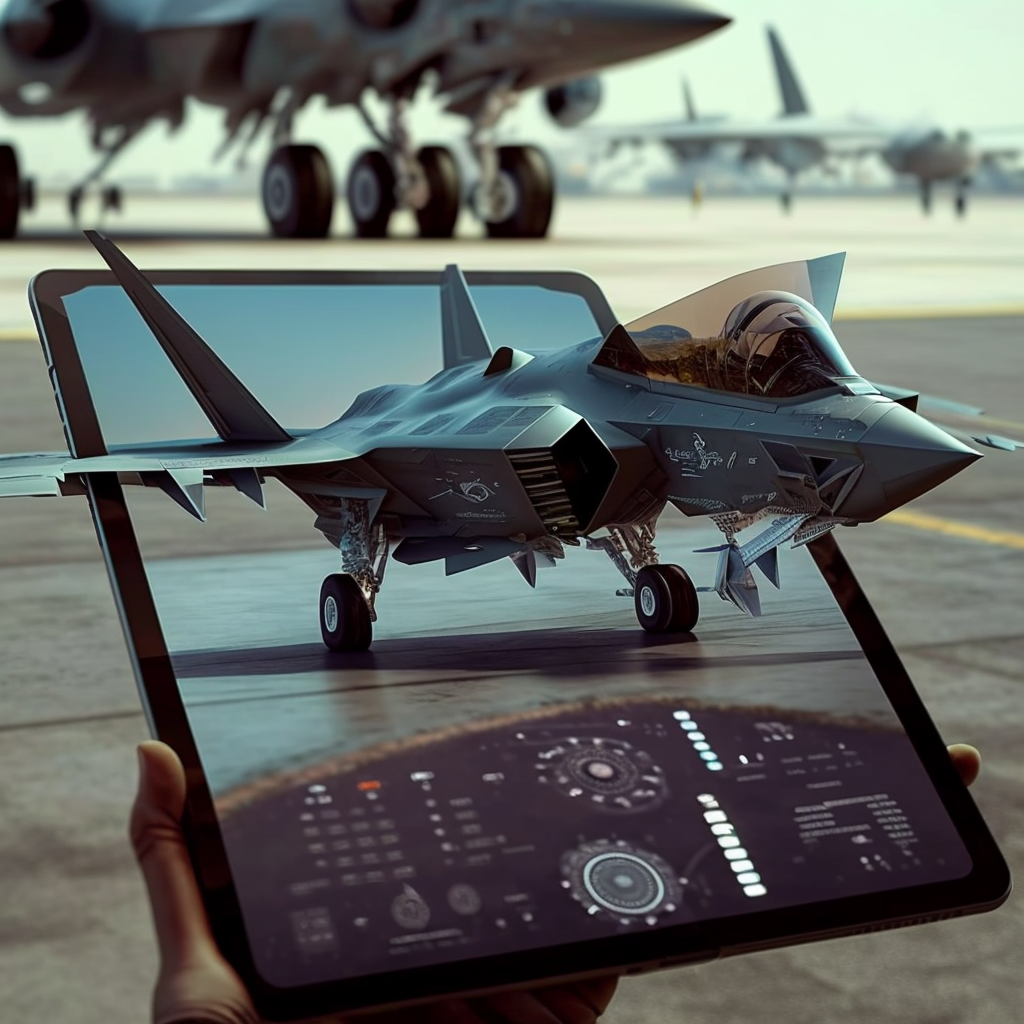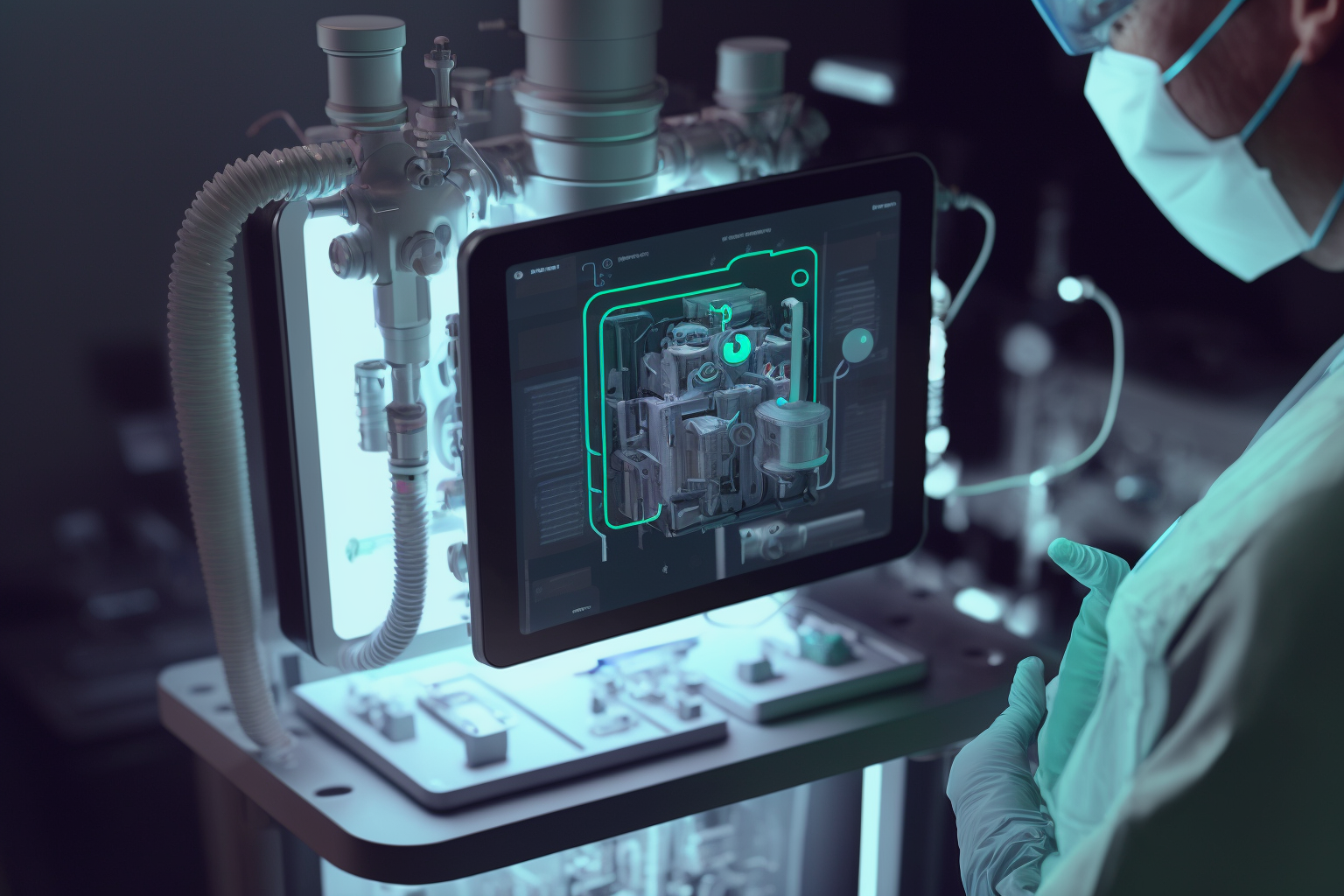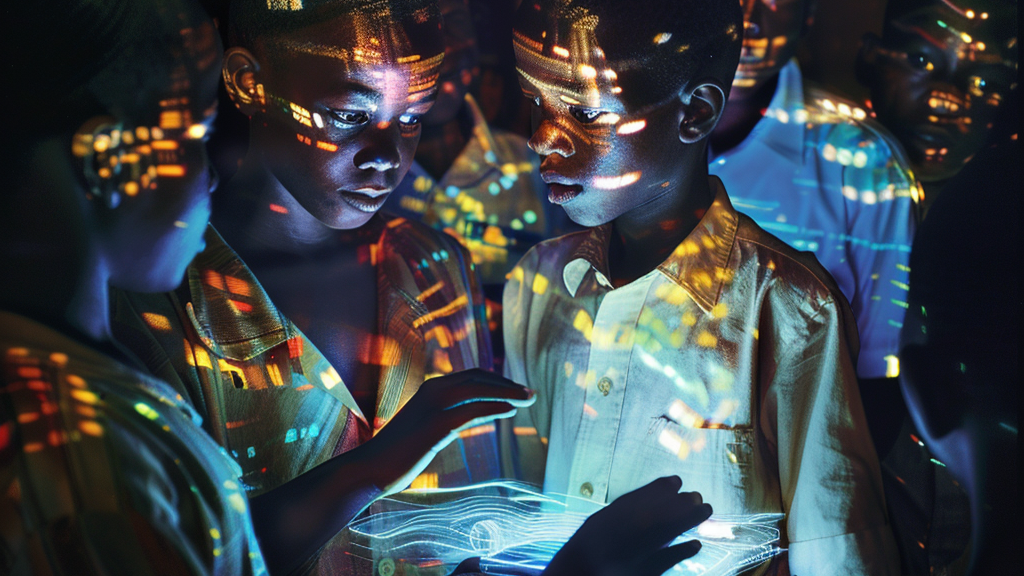In the wake of recent COVID-19 developments, universities and classrooms around the world have been shut down and moved online in a bid to mitigate the effects of the outbreak. As classrooms become the latest casualty of the virus, are today’s institutions adequately prepared for virtual learning?
While colleges and universities are likely to be more prepared — with many already offering elements of online learning to complement existing courses — how can we provide further support to minimize disruption to classroom activity?
For larger classes, the obvious option is to shift the classroom lecture to a streamed video or broadcast. However, watching an online lecture for an hour inherently has its drawbacks in compelling a student to pay attention compared to a live setting.
In fact, studies have shown that students are likely to tune out after 6 minutes of watching an online video, regardless of its length. In contrast, general research findings suggest that students don’t experience an attention decline until after the first 10-15 minutes of an in-person lecture.

What does this mean for educators when shifting their curriculum online? A significant challenge for higher education is not just what happens in the classroom, but how assessment is conducted. In many places, assessment is still very conventional, conducted through paper-based written exams with many students sitting together in a large exam hall. A number of universities are beginning to conduct digital assessment instead of these traditional exams and now, with Covid-19, there is some urgency to these changes.
One of the suggested ways in overcoming the attention span challenge is designing brief and focused digital lessons or videos with interactive elements such as quizzes and discussions into the classroom plan. Adopting such solutions often requires advanced planning and some form of technological support.
To counter this common challenge faced by educators, EON Reality has designed a series of interactive features for EON-XR. These features are designed to provide effective ways to make students more actively engaged and involved throughout the learning process.
Over One Million Virtual Assets
Connected to a vast asset library, students using EON-XR have the opportunity to connect to any AR and VR-enhanced lessons across any discipline and subject. Institutions are also able to upload their own models, which can be easily converted to be compatible with EON-XR to suit their specific teaching objectives.
Enhanced Learning Scenarios
With the use of EON-XR, students are able to interact with lessons in their environment at home on their mobile devices. These interactive AR and VR features enhance the educational opportunities tied to their unique environments using the constructivist learning approach. Compared to conventional video learning, students are more likely to display higher levels of intrinsic motivation and engagement.
Collaborative Online Classrooms
EON-XR supports a collaborative online classroom of up to six students in one session. The multi-user functionality includes the use of interactive features such as timed quizzes, triggered animations, live and recorded voiceovers, and point-and-explain functions.
Self-Directed Learning
EON-XR’s intuitive user-friendly interface requires no coding or programming knowledge, which provides both students and teachers with the ease and ability to create on-the-go lessons to demonstrate key learning concepts. The lessons can be recorded and shared across the student cohort and can empower students with peer-designed lessons. Students can be compelled to learn the material better by being entrusted with the responsibility of being the expert when creating their own lessons.
As we experiment with online teaching methods in a time of crisis, shouldn’t we take this opportunity to help students become more invested in their learning? Whether it is in a time of planned circumstances or emergency, being prepared for virtual learning will not only reduce our vulnerability in a difficult period of forced school closures, but also pave the way to more effective online learning methods in the future.
Assessment of Student Performance
An exciting aspect of EON-XR is that it can be used to measure student performance in a way that has not been possible with traditional assessment. Authentic assessment has long been a goal of higher education assessment and now it is more possible. Furthermore, the opportunity to integrate EON-XR into the growing trend for digital assessment (including digital examinations) puts the EON-XR platform on the cutting edge of higher education assessment.



